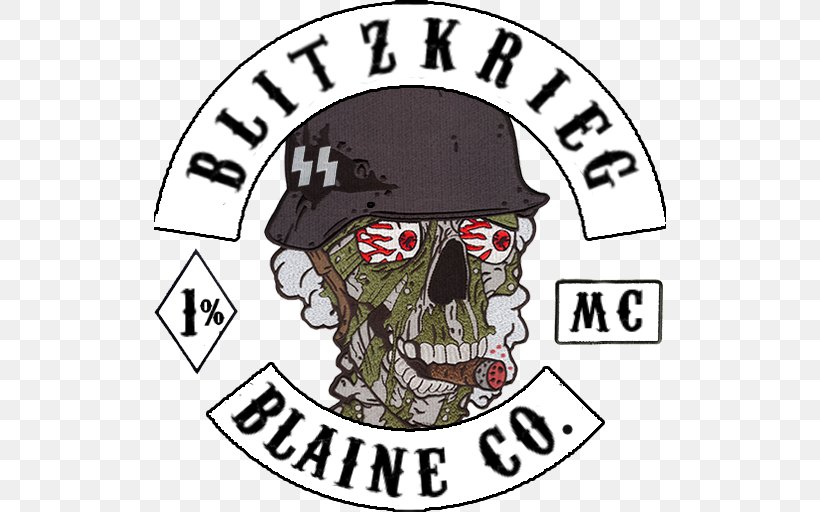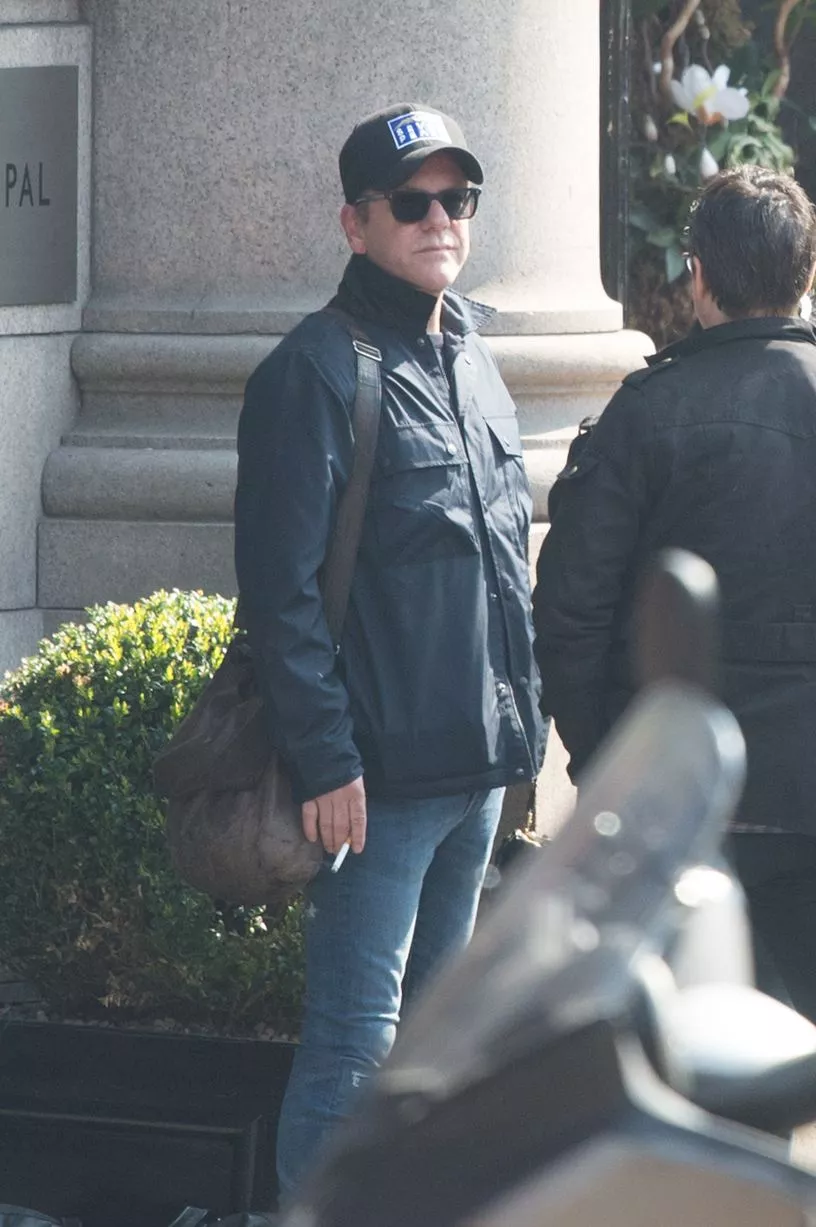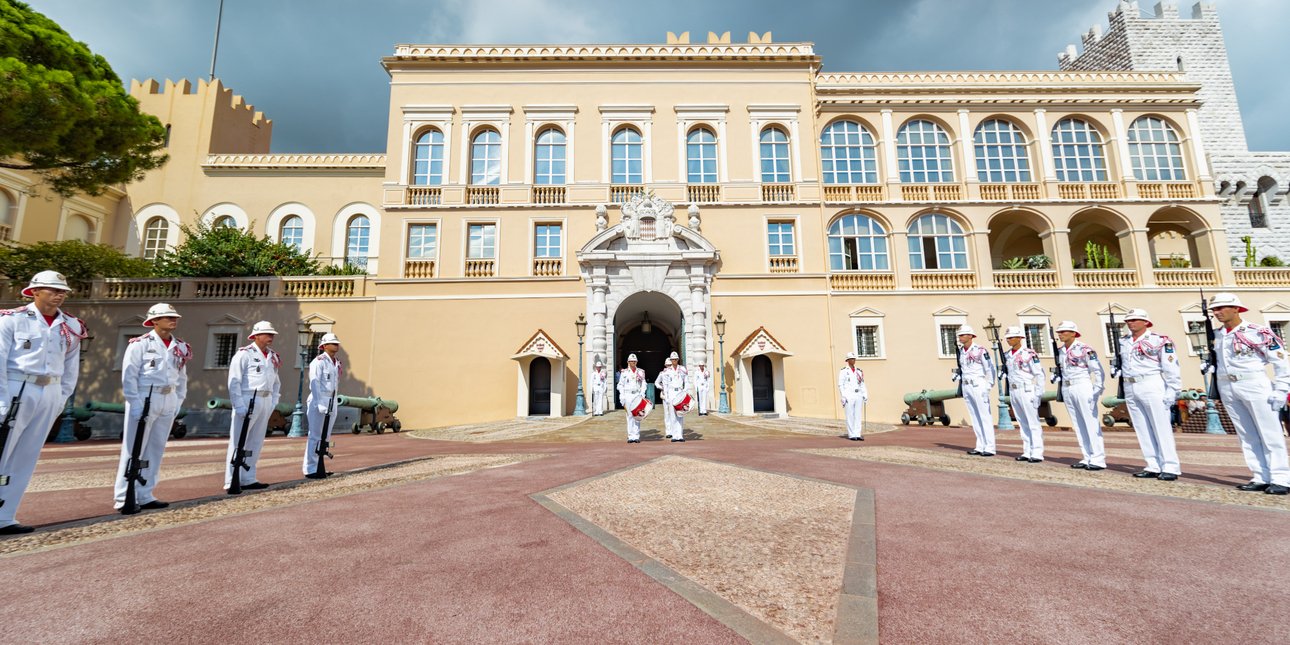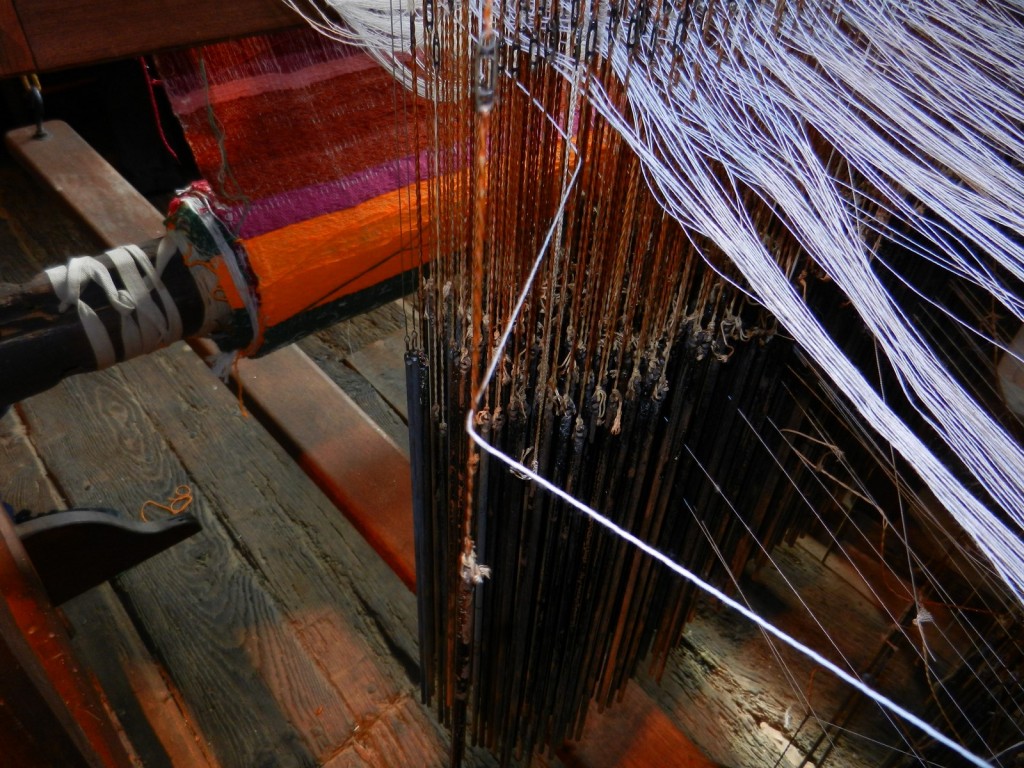Hells Angels: History, Organization, And Activities

Table of Contents
A History of the Hells Angels: From Post-War Roots to Global Infamy
The Hells Angels' history begins in the post-World War II era, a time of social upheaval and burgeoning counterculture in America. Founded in 1948 in Fontana, California, the early years were characterized by a sense of camaraderie among veterans and a shared passion for motorcycles. This initial biker culture, however, gradually morphed into something far more sinister. The club's evolution is marked by a slow but steady shift towards criminal activities, fueled by ambitions for power, wealth, and control.
- Early Years (1948-1960s): The initial focus was on motorcycle riding and social gatherings, reflecting a broader biker subculture. However, early instances of violence and clashes with law enforcement foreshadowed the club's future trajectory.
- Expansion and Consolidation (1960s-1980s): The Hells Angels aggressively expanded across the United States, establishing chapters in major cities and engaging in increasingly organized criminal activities. This period saw the rise of prominent figures who shaped the club's criminal strategies and solidified its notorious reputation. Key events, including publicized conflicts with rival motorcycle clubs and law enforcement crackdowns, further cemented their image.
- Globalization and Continued Criminal Activity (1980s-Present): The Hells Angels have established a global presence, with chapters in numerous countries. Despite ongoing law enforcement efforts, the club continues to be implicated in a wide range of criminal activities. Their evolution showcases a consistent pattern of adaptation and resilience in the face of legal challenges.
Understanding the Hells Angels' Organizational Structure
The Hells Angels boast a complex and highly structured organizational hierarchy. This structure is crucial to their ability to operate effectively, maintain control, and coordinate criminal activities across different regions.
- Hierarchical Structure: The organization operates on a multi-layered system. At the top are the "Mother Chapters," acting as the nucleus of the entire organization. Below are subordinate chapters, with each chapter composed of various ranks: prospects (those seeking membership), full members, and officers holding positions such as President, Vice President, Sergeant at Arms, and Treasurer.
- Membership Requirements and Initiation: Becoming a full-fledged member requires a rigorous process. Prospects go through a lengthy probationary period, during which their loyalty and commitment are tested. Initiation rites often involve acts of violence or other challenging tasks designed to weed out the less dedicated.
- Internal Rules and Regulations: The Hells Angels operate under a strict set of internal rules and bylaws that govern member conduct, maintaining discipline and controlling activities. These rules ensure cohesion and prevent internal conflicts that could compromise their operations. Deviation from these rules results in severe consequences.
The Controversial Activities of the Hells Angels: From Drug Trafficking to Violence
The Hells Angels' involvement in criminal activities is extensive and well-documented. Their operations span a wide spectrum of illegal enterprises, generating substantial wealth and power.
- Drug Trafficking: The club has been implicated in large-scale drug trafficking operations, particularly involving methamphetamine and cocaine. They leverage their organizational structure and global reach to facilitate the distribution of narcotics.
- Violence and Extortion: Violence is a common tool used by the Hells Angels to enforce control, intimidate rivals, and eliminate threats. Extortion rackets target businesses and individuals within their territories.
- Money Laundering and Financial Crimes: The substantial proceeds from their criminal activities are laundered through various complex schemes, making it difficult for law enforcement to trace the money's origins and destination.
The Hells Angels' Symbolism and Culture
The Hells Angels' identity is deeply rooted in their symbolism and distinctive culture. These elements play a critical role in fostering group cohesion, projecting an image of power, and attracting new members.
- Patches and Logos: The "Death Head" logo, along with other patches, signifies membership and rank within the organization. These highly visible symbols serve as a declaration of identity and affiliation.
- Tattoos: Tattoos are essential markers of membership and status. Specific tattoos denote rank, years of membership, and allegiance to the club.
- Rituals and Traditions: Shared rituals and traditions help strengthen the bond between members and reinforce a sense of shared identity and purpose. These rituals often play a significant role in initiation ceremonies and other important events.
Conclusion
The Hells Angels Motorcycle Club represents a complex phenomenon, a powerful criminal organization with deep roots in motorcycle culture. Understanding the Hells Angels requires a careful examination of their history, organization, and activities. From their post-war origins to their globally influential criminal network, the club's trajectory highlights the interplay between biker subculture, criminal enterprise, and the enduring challenges faced by law enforcement in combating their operations. To further understand this intricate subject, it is vital to consult credible sources and engage in critical discussions on outlaw motorcycle gangs and their impact on society. Continue researching the Hells Angels and similar organizations to gain a more comprehensive understanding of this complex and dangerous group.

Featured Posts
-
 Kiefer Sutherland Casting News Fans React To The Latest Rumors
May 25, 2025
Kiefer Sutherland Casting News Fans React To The Latest Rumors
May 25, 2025 -
 Euroleague Enimeromeni Vathmologia Meta To Parisi Monako
May 25, 2025
Euroleague Enimeromeni Vathmologia Meta To Parisi Monako
May 25, 2025 -
 Saint Brieuc Comment La Charentaise A Surmonte Les Defis Du Marche
May 25, 2025
Saint Brieuc Comment La Charentaise A Surmonte Les Defis Du Marche
May 25, 2025 -
 Florida Film Festival Celebrity Sightings Mia Farrow And Christina Ricci
May 25, 2025
Florida Film Festival Celebrity Sightings Mia Farrow And Christina Ricci
May 25, 2025 -
 Amundi Djia Ucits Etf Dist How To Interpret Net Asset Value
May 25, 2025
Amundi Djia Ucits Etf Dist How To Interpret Net Asset Value
May 25, 2025
